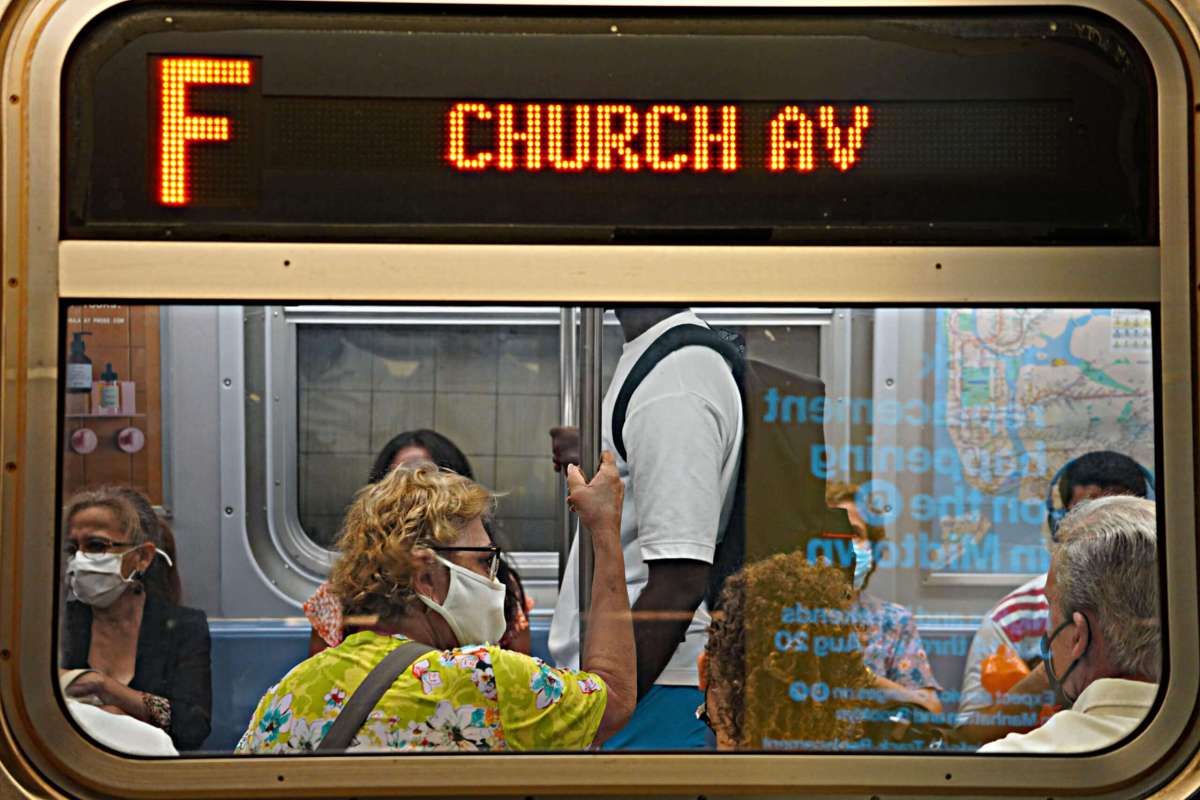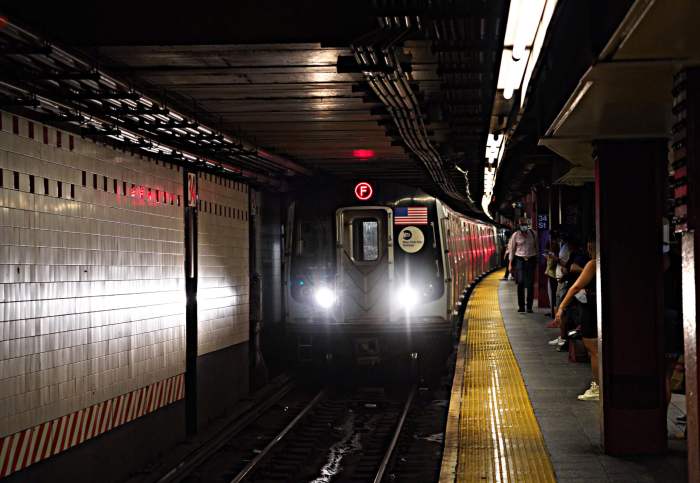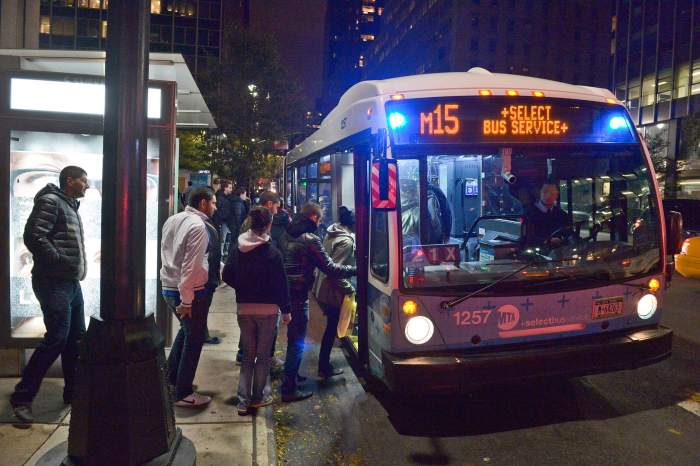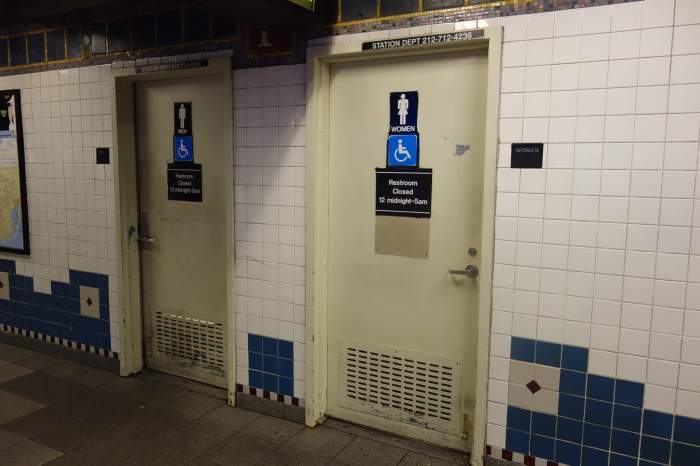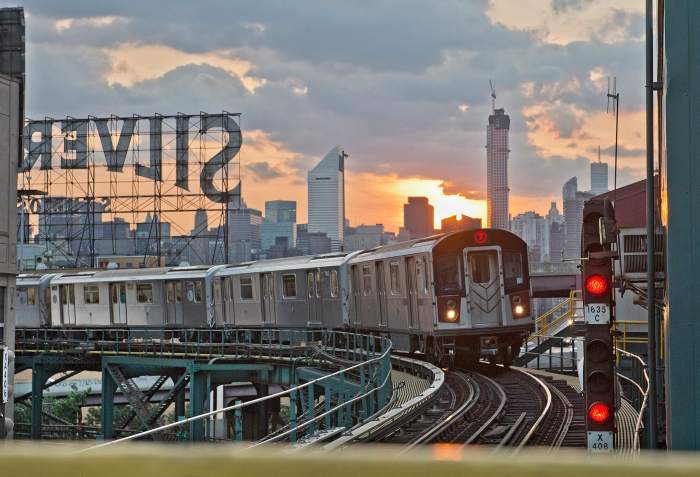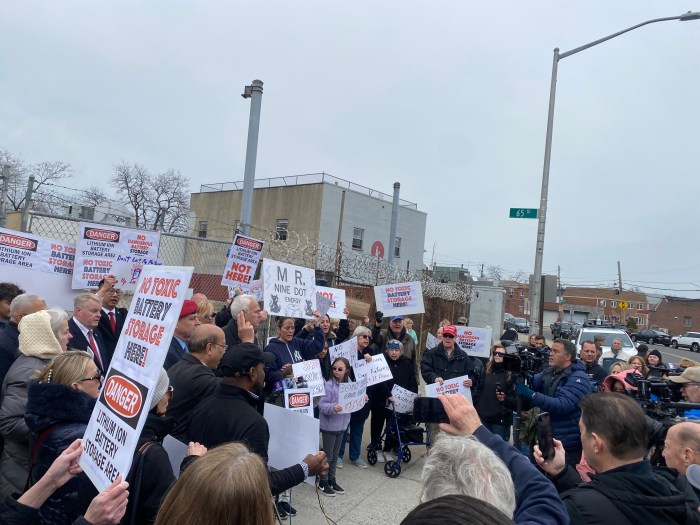During Monday afternoon’s mass breakdown of subway service in Queens, onsite MTA maintenance workers called in an agency division tasked with upgrading the system’s ancient signals, according to internal documents that amNewYork Metro obtained, but transit officials say the cause of the hours-long snafu has yet to be determined.
The outages happened on parts of the Queens Boulevard Line — which carries E, F, M and R trains — disrupting subway service for almost four hours on July 26 and sparking delays for even longer, after signals froze between 63rd Drive-Rego Park and Kew Gardens-Union Turnpike stations due to a loss of power, according to a draft incident report by New York City Transit.
Power went out just before 1:40 p.m. on July 26 after a computer fuse blew at the nearby Continental Avenue Master Tower, where NYCT monitors subway traffic — and an onsite worker of the Maintenance of Way team alerted employees in charge of new signaling technology known as Communication Based Train Control (CBTC).
“Maintenance of Way reported that it appears to be a New Technology Signal problem, not a power problem,” reads a note in the report from 2:34 p.m., an hour after the outage occurred.
Senior MTA officials told amNewYork Metro that this does not mean that newly-installed signals are necessarily the source of the problem, but merely that the onsite workers asked for the crews specialized in that field to come to the scene, along with other divisions.
The outage caused the signals — effectively traffic lights for trains — to stay in the raised stop position, which automatically activates a train’s emergency brakes if operators try to pass, forcing service to be cancelations through the affected area.
🚨 E/F/M/R service is suspended in Queens in both directions because of a loss of power to our signaling system near Forest Hills-71 Av. 🚨
Here's what service is available on those lines, and what to do instead: pic.twitter.com/OQF3j9derX
— NYCT Subway (@NYCTSubway) July 26, 2021
MTA dispatched crews to painstakingly set the signals back by hand before trains could proceed again.
Power was restored around 3:40 p.m., but regular service didn’t return until just before 5:30 p.m., still with extensive delays. A total of 89 trains were late as a result of the fracas, including on the E, F, M R, A, C, J, and Q.
For four years, MTA has been replacing the Queens Boulevard Line’s ancient signals with the automated CBTC, which allows them to run trains closer together and more frequently.
The CBTC upgrades began in 2017 after MTA awarded Canadian firm Thales with the $49.6 million contract. The firm had reps at the site, according to the report.
The fuse was ultimately replaced and the “signal equipment is working as designed,” according to the report’s conclusion.
Thales spokesperson Adam Kostecki said the company’s presence was not because of the outage and echoed MTA in saying that the investigation is remains ongoing.
“Thales is a partner with the MTA for current project deployments and our onsite presence yesterday was unrelated to the incident,” Kostecki said.
The integration of CBTC with the older system has recently caused some “growing pains,” on the Queens Boulevard Line, MTA previously acknowledged, after the line accounted for almost half of signal incidents in June and its trains ranked among the worst performing in the system that month.
The new system is already in service west of 36 Street Station and MTA expects it to be in full operation later this year, according to Cortez.
The agency previously equipped the L and 7 lines with the tech and plan to roll it out on the Culver Line, which carries F trains, and the Eighth Avenue Line, which runs A, C, and E trains.
The 7 train also had a jumpy start in 2018 and during a 2019 snowstorm, but the line and the L train have since consistently ranked among the most reliable in the system.
Editor’s note (Wednesday, July 28, 12:37 pm): This story previously stated that an MTA inspector blamed new signaling technology for the outage. MTA reached out to amNewYork Metro to say that the quoted section from the report merely indicates that an agency division in charge of the upgrades was called to the scene and that the cause of the disruptions is still under investigation.
An earlier version of this story also referred to the crew member as an “inspector” because one of the duties of Maintenance of Way personnel is to inspect tracks. amNewYork Metro has chosen to replace the term with “maintenance workers” since “inspector” is a clearly-defined title.



